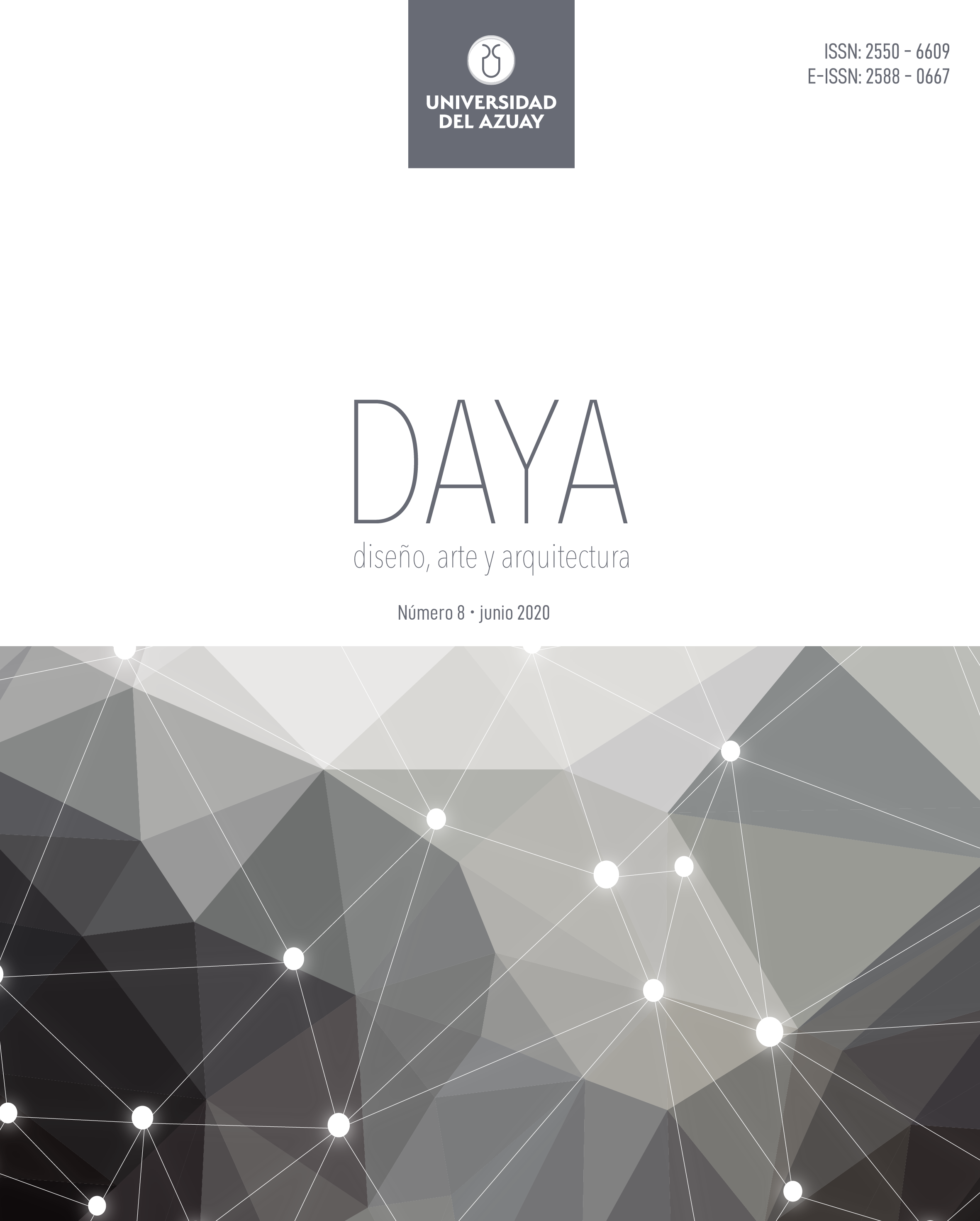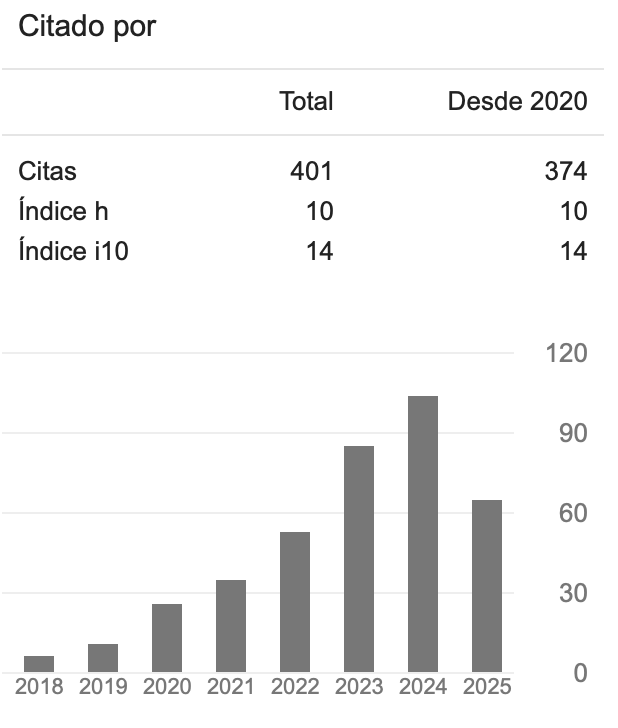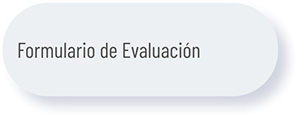DOCUMENTACIÓN PARA ARQUITECTURA MODERNA MEDIANTE TÉCNICAS DIGITALES TRIDIMENSIONALES: CATÁLOGO
DOI:
https://doi.org/10.33324/daya.v1i8.290Palabras clave:
Patrimonio moderno, documentación digital, valoración, inventarioResumen
Para garantizar la conservación y preservación del patrimonio inmueble de manera general, existen principios establecidos por el ICOMOS desde 1966, los mismos que incentivan a la creación de archivos documentales, que deben ser actualizados y que adquieren mayor importancia cuando se incluye como tema de estudio al patrimonio del siglo XX, el cual requiere ser conocido, comprendido y gestionado. Tras la conferencia realizada por la misma organización en Madrid, en 2011, se plantean criterios para identificar el valor y significado sociocultural de estos bienes en los cuales se destaca la importancia de generar inventarios que contengan información: técnica, métrica, histórica, gráfica, tecnológica, de uso, identificación, localización y contexto. Sin embargo, en la ciudad de Cuenca, los archivos documentales de arquitectura moderna se limitan a fichas de registro superficiales que exponen un contenido técnico y de gestión municipal, lo que ha ocasionado la falta de comunicación entre los organismos que velan por su protección generando una subutilización de recursos y profundizando la molestia de parte de los dueños por poseer un bien, que a su criterio no debería ser parte de un inventario patrimonial. Es por esta razón, que la presente investigación aborda un acercamiento a la arquitectura moderna a través de la adaptación de una metodología de documentación digital y tridimensional al contenido de una ficha de catalogación para arquitectura moderna, como caso estudio en la ciudad de Cuenca. De esta manera, los resultados cubren los requisitos para crear archivos documentales que permitan análisis comparativos para establecer una significancia del patrimonio moderno y demostrar la importancia de la valoración y difusión de este patrimonio y su aporte histórico a nivel local y nacional.
Palabras clave: Patrimonio moderno, documentación digital, valoración, inventario.
Abstract
In order to guarantee the conservation and preservation of the immovable heritage in general, there are principles established by ICOMOS since 1966, which encourage the creation of documentary files, that must be updated and become more important when the study of the 20th-century heritage is included, which requires to be known, understood and managed. After the conference held by the same organization in Madrid, 2011, criteria are proposed to identify the value and socio-cultural significance of these assets in which the importance of generating inventories containing: technical, metric, historical, graphic, technology, use, identification, location, and context information. However, in the city of Cuenca, the documentary files of modern architecture are limited to superficial registration cards that expose a technical and municipal management content, which has caused the lack of communication between the organizations that ensure their protection, generating an underutilization of resources and deepening the annoyance on the part of the owners for owning a property, who in their opinion should not be part of a heritage inventory. For this reason, the present research addresses an approach to modern architecture through the adaptation of a three-dimensional and digital documentation methodology to the content of a cataloging sheet for modern architecture, as a case study in Cuenca. In this way, the results cover the requirements to create documentary files that allow comparative analysis to establish a significance of modern heritage and demonstrate the importance of the valuation and dissemination of this heritage and its historical contribution at the local and national level.
Keywords: Modern heritage, digital documentation, valuation, inventory.






